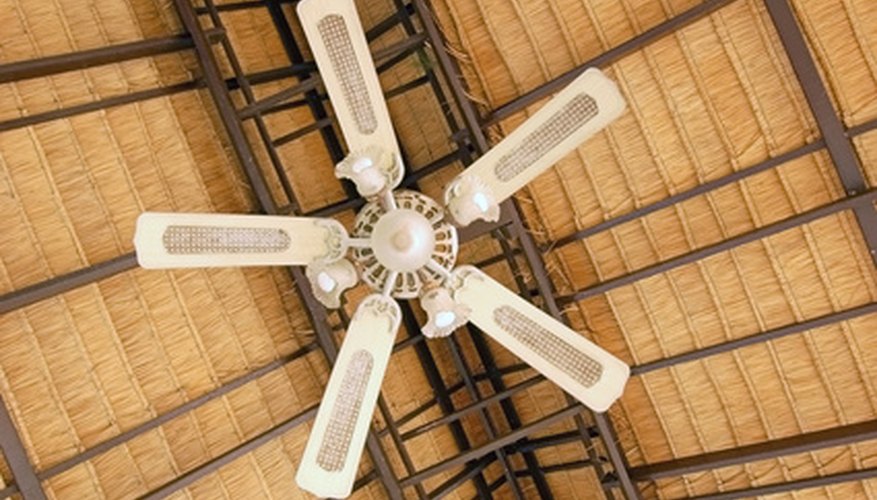Cathedral, or vaulted, ceilings are an attractive way to open up a room, but they are also notoriously high on heat loss. Keeping a room with a vaulted ceiling warm in the cold winter months can prove to be a costly expenditure, but luckily there are number of ways to improve your current vaulted ceiling's heat retention.
Install foil-faced batt insulation into the area in between your vaulted ceiling and the roof deck. If your ceiling was constructed leaving room for insulation of this nature, batt insulation is a good option, because its 0.5 perm rating (the amount of heat that escapes) is great for ceilings without an attic.
Have a professional inject the area between your vaulted ceiling and roof with foam insulation. If you're short on space in between the ceiling and roof deck, this may be a better option than traditional insulation.
- Cathedral, or vaulted, ceilings are an attractive way to open up a room, but they are also notoriously high on heat loss.
- If you're short on space in between the ceiling and roof deck, this may be a better option than traditional insulation.
Install rigid foam board insulation to the underside of your rafters. This is a good option for vaulted ceilings with very little space between the roof and ceiling. It is important to note that exposed foam insulation must be covered with a fire-rated material like drywall to comply with safety codes.
Attach furring strips to the bottom side of the rafters and use them to install additional insulation, such as high-density batts. With furring strips, you can add very thick, protective insulation to a vaulted ceiling with very little roof deck clearance.
